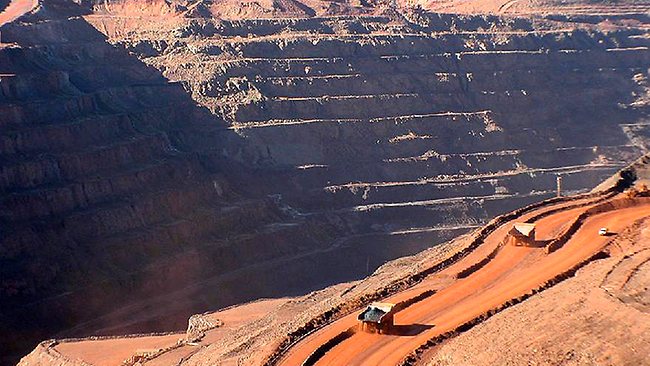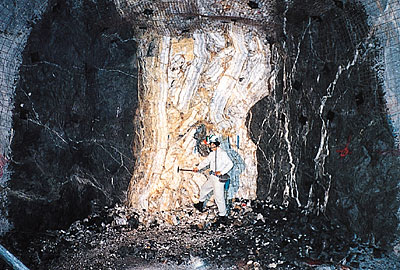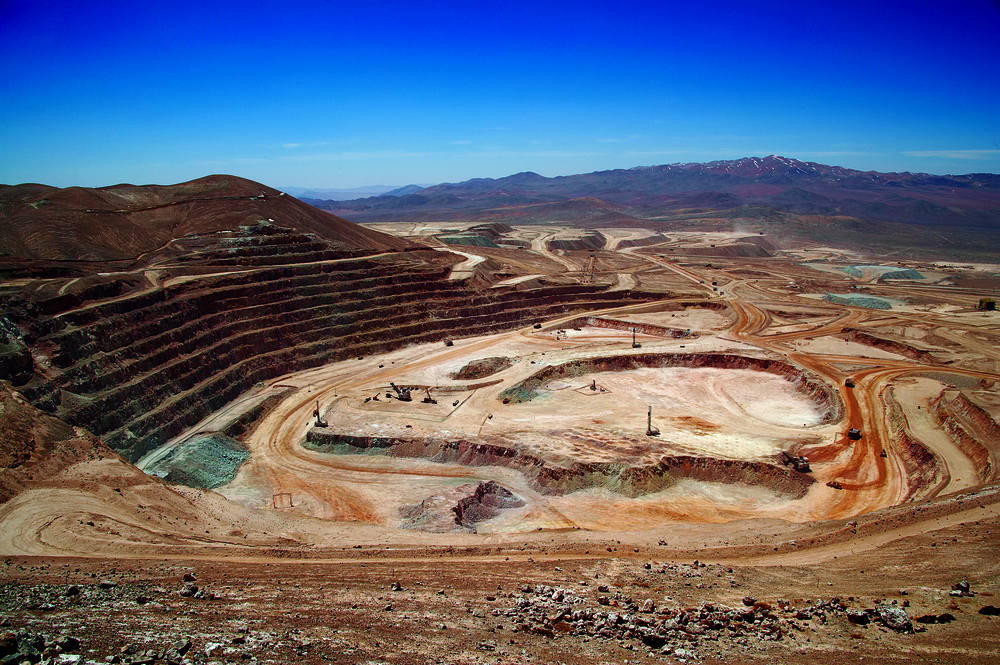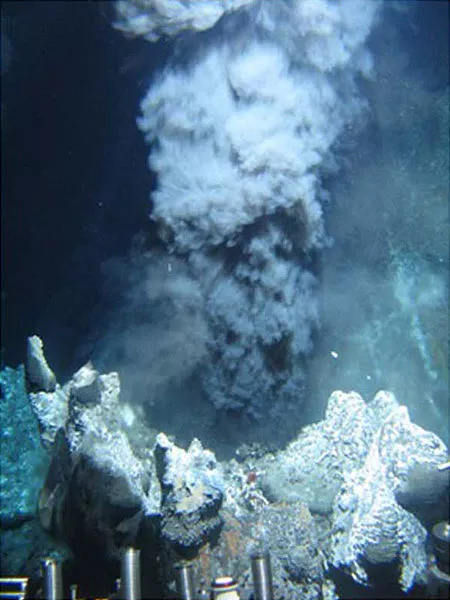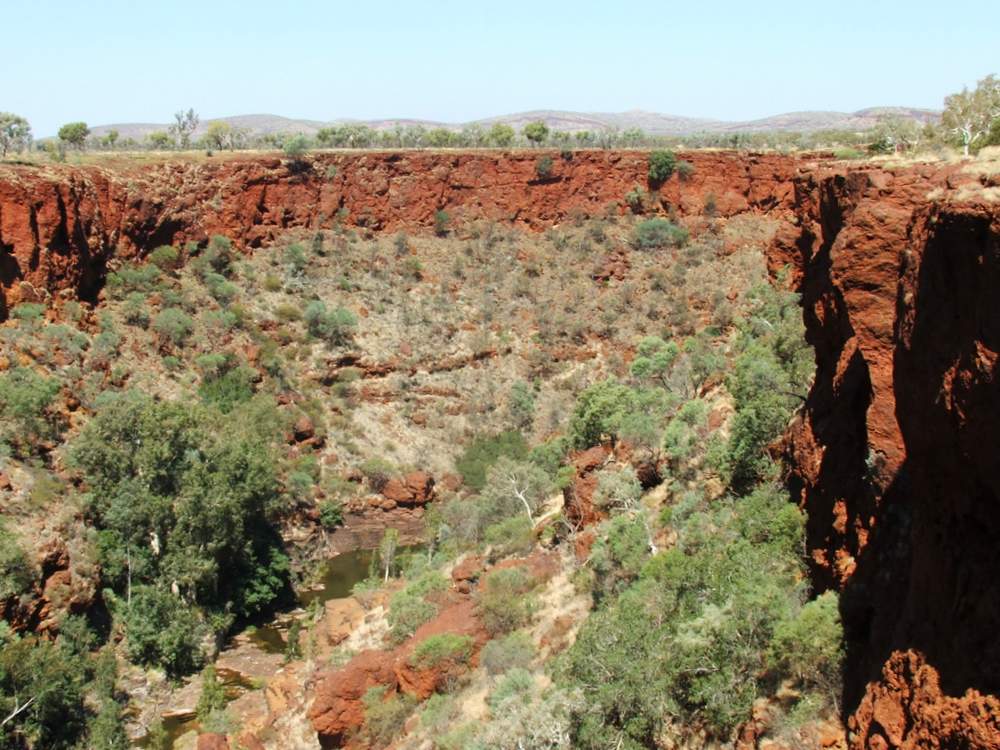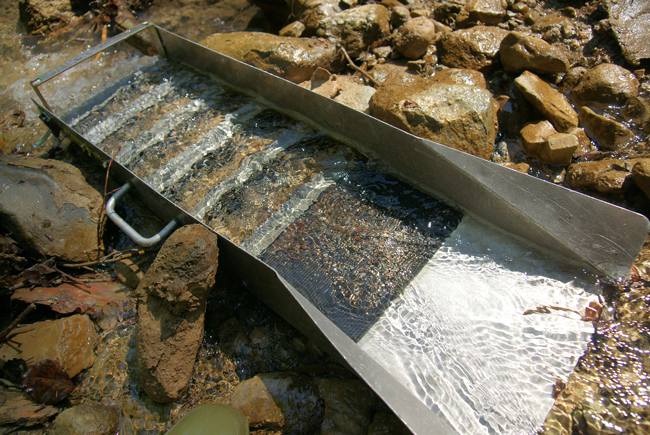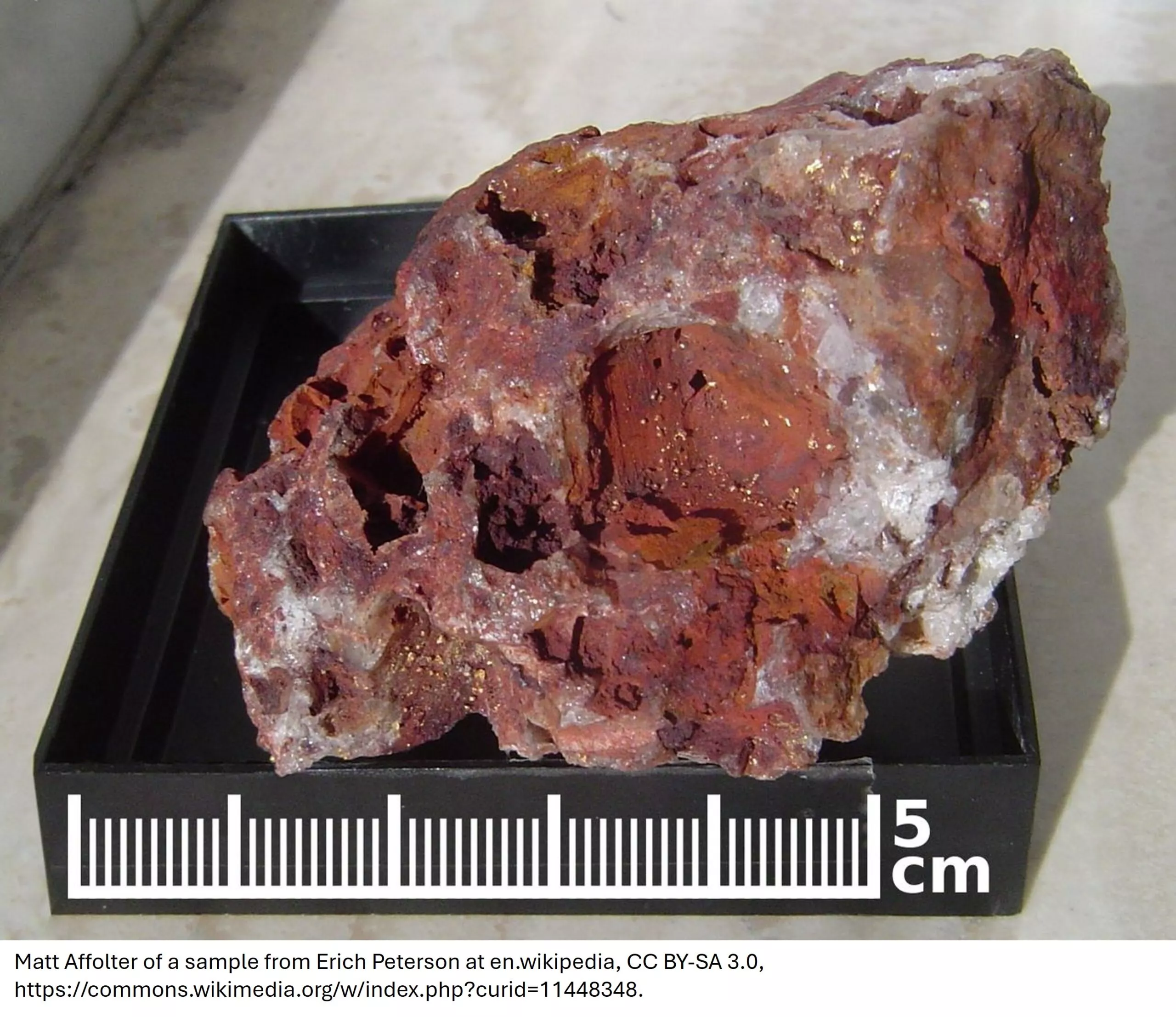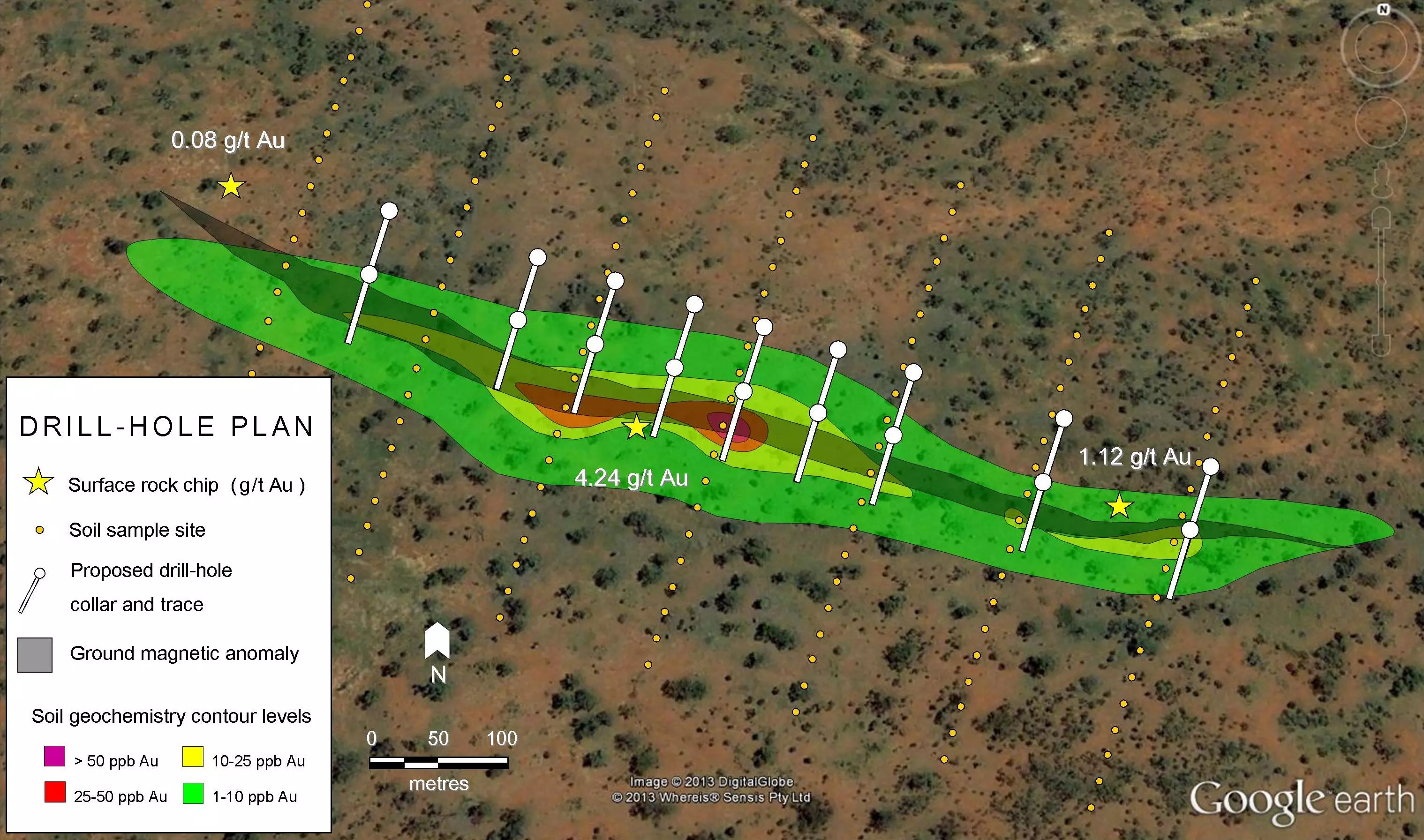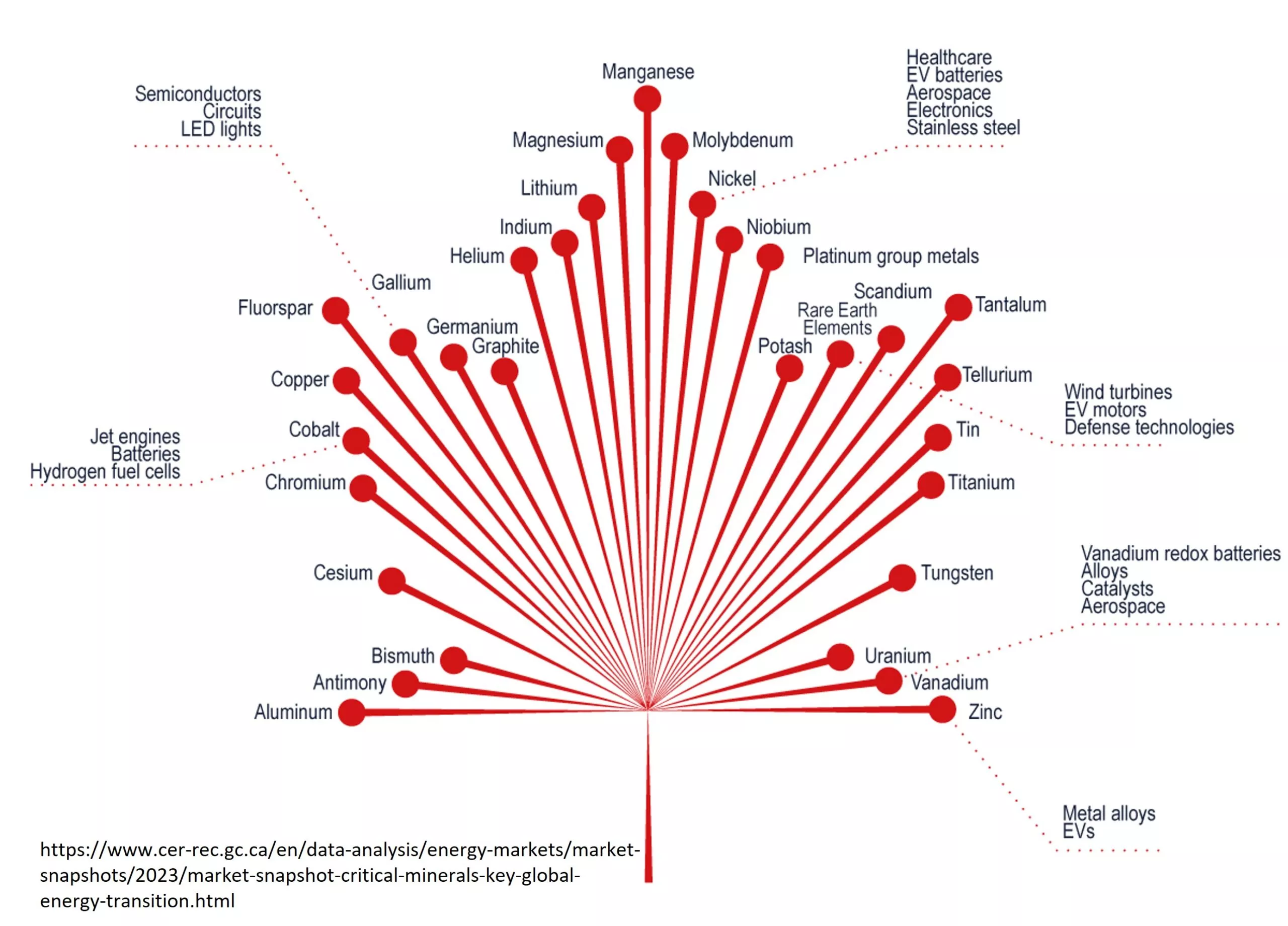Located in the Mount Isa inlier of Queensland, Australia, the Mt Isa deposits represent the largest accumulations of lead, zinc and silver in the world. The first deposits were discovered in 1923 as the result of lucky whack of a horseshoe and the area has been mined continuously since then. The location is literally in the middle of nowhere and the challenges overcome to create a multi-decade mining camp has created a strong sense of local pride. In addition, the remoteness of the deposit has given rise to several innovations including new copper refining and smelting technology and Australia’s Royal Flying Doctor Service.
Glencore owns and operates the Mt Isa mine and processing streams. The mine is the second largest copper producer in Australia and home to the country’s deepest mine shaft.
Deposit Size and Scale
Mt Isa is the largest example of a Sedimentary Exhalative (SEDEX) deposit. SEDEX deposits form when hot, metal-rich brines percolate through sea-floor sediments. The figure below demonstrates the scale of Mt Isa in comparison to other SEDEX deposits and the distribution of known lead-zinc deposits over geologic time. As of 2020, the Mt Isa deposit contains Measured and Indicated Resources of 395 Mt zinc-lead-silver at 6.9% zinc, 3.6% lead, and 69 g/t silver.
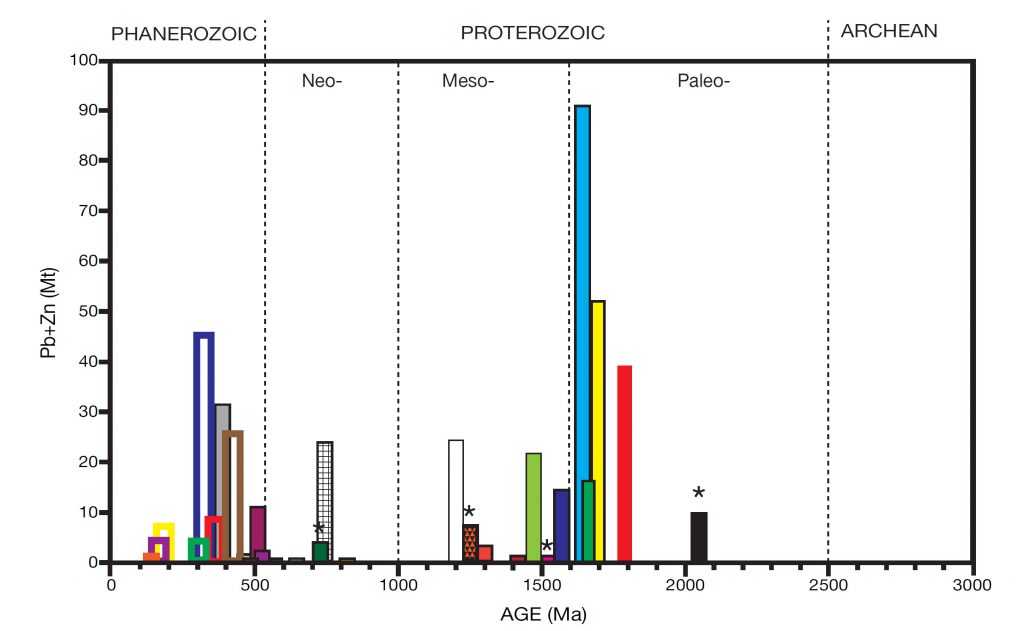
Formation and Geology
The Mt Isa deposits are hosted in sag basins – areas where the Earth’s crust has been stretched and then “sags” and fills with sediments. In the Mt. Isa basin, the oldest sediments are dolostones and fluvial (river) sandstones, with minor black shales, turbidites, and stromatolitic dolostones. The sedimentary record indicates initial deposition in a shallow water and near-shore environment, followed by deeper water ocean environment, ending with a shallow-water environment during which the basin filled with water.
SEDEX deposits form at low temperatures (100°-200°C) far from magmatic heat sources. They are composed of layer after layer of galena (lead sulfide), sphalerite (zinc sulfide) and iron sulfides such as pyrite and pyhrrotite, hosted in shales or turbidites. Unlike the other big source of lead-zinc mineralization, carbonate hosted Mississippi Valley Type Deposits, SEDEX deposits do not require a source of H2S to precipitate mineralization. Also, the SEDEX deposition processes can run for a very long time.
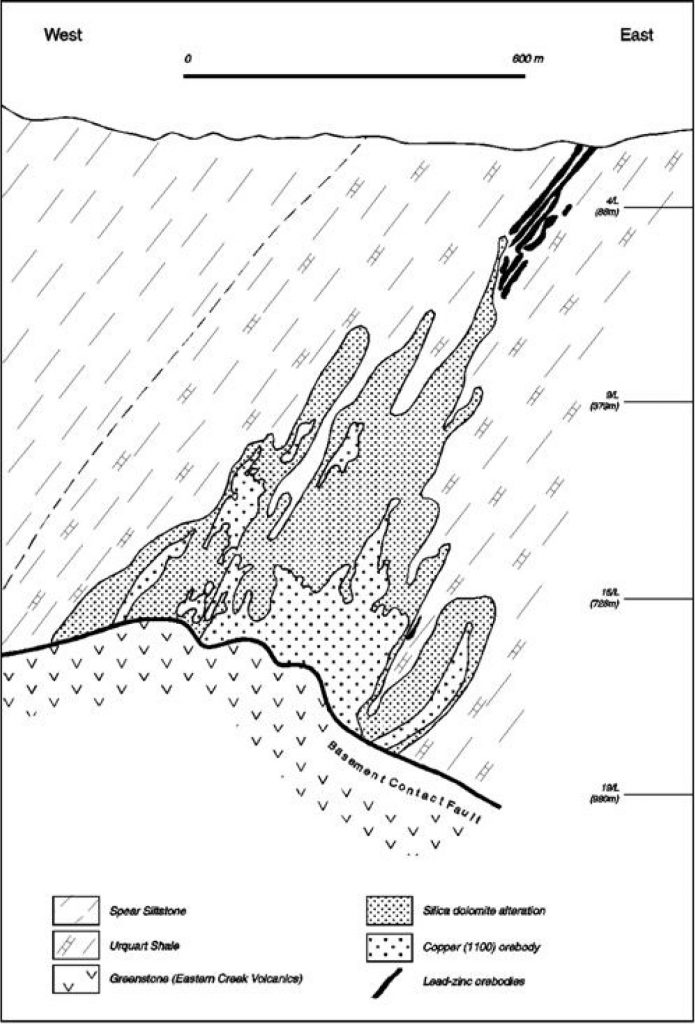
In terms of geologic time, the Mt Isa cluster falls within a sweet spot for sedimentary-hosted Pb-Zn deposits. When the Mt Isa deposits formed about 1.65 million years ago, the oceans were in the middle of a long period of chemical change. Ocean chemistry was in an intermediate phase between the acidic Archean ocean composition and the oxygenated Neoproterozoic – Phanerozoic ocean. In addition to the reduction in acidity, the ocean was becoming less salty with values again intermediate between Archaean and modern. These conditions were ideal for zinc-lead deposition.
The Mt Isa lead-zinc(+-silver) deposits are hosted in black shale that is dolomitic/carbonaceous and pyrite-rich. They occur as stacked lenses of sulfide minerals, in some cases 80 metres thick. The deposits are thought to have formed at the same time as the host rocks, with the representative Black Star deposits dating to ~ 1.655 billion years old, and the host Urquart shale dating to 1.653 ± 0.007 billion years old.
The mine sequence is one kilometer thick and hosts 20 distinct clusters of lead-zinc mineralization. The sediments dip at 65° into the earth from surface.
The copper mineralization is thought to have occurred 100 million years after the lead-zinc mineralization. Copper is hosted in a very different rock – a brecciated (broken-up) siliceous-dolomitic-vein complex that has a chalcopyrite-pyhrrotite-pyrite metallogeny. Like South Australia and the Northern territory, the area was subjected to intense metamorphism from 1.5 billion years to 1.4 billion years ago. This resulted in the emplacement of numerous iron oxide copper gold deposits including Olympic Dam. This activity didn’t leave behind gold but instead resulted in the formation of numerous copper sulfide deposits at Mt Isa. The copper deposits are much deeper than the lead-zinc deposits.
Despite the discovery of high-grade copper mineralization at Mt Isa, the copper was ignored for many years and only briefly mined during World War 2. That changed as the price of copper rose and the lead-zinc was gradually depleted. Given the extensive infrastructure at Mt Isa it made economic sense to develop the deep copper deposits. The Enterprise underground mine is the most recently developed copper asset, launched in 1996. At 1,900 meters, it is Australia’s deepest mine.
Current Operations
Glencore (LSE:GLEN and JSE:GLN) owns and operates the Mt Isa mining complex. Zinc-lead-silver is produced from the George Fisher and Lady Loretta underground mines. 2020 production included 354.2 kt zinc concentrates, 161.9 kt lead concentrates and 5,790 koz silver concentrates.
Copper is produced from the Enterprise and X41 underground mines. Glencore reported combined 2020 production of 138.8 kt copper from the Mt Isa, Ernest Henry, Townsville and Cobar copper mines.
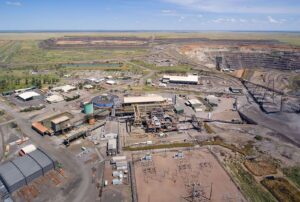
In addition to mining copper, the Mt Isa facility processes copper and zinc-lead ore onsite. In September 2020, Glencore announced it would invest AUS$35 million into the smelting and refining facilities. This will extend the life of the refinery, which has a processing capacity of 6.5 million tonnes/year, until 2022.
List of Companies Mentioned
- Glencore (website)
References and Further Reading
- Glencore 2020 annual report (website)
- SEDEX: The Biggest Lead and Zinc Deposits in the World
- Leach, D. L., Bradley, D. C., Huston, D., Pisarevsky, S. A., Taylor, R. D., & Gardoll, S. J. (2010). Sediment-hosted lead-zinc deposits in Earth history. Economic Geology, 105(3), 593-625. (journal article)
- Finlow-Bates, T., & Stumpfl, E. F. (1980). The copper and lead-zinc-silver orebodies of Mt Isa mine, Queensland: products of one hydrothermal system. Annales de la Société géologique de Belgique. (PDF)

